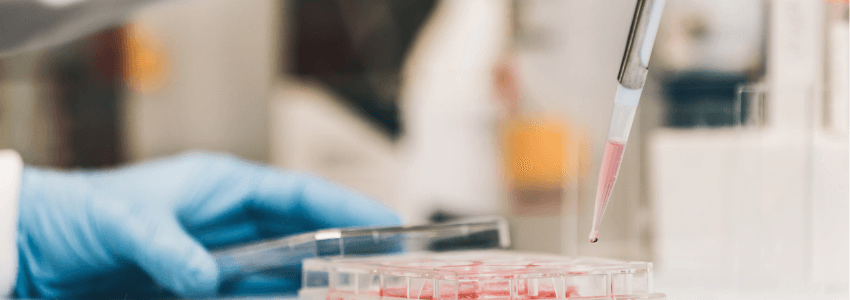In order to ensure data authenticity, pipette accuracy is a must. But in addition to pipette accuracy, contaminants that may be introduced by various means, such as those in the pipette tips, are also important factors that affect the authenticity of the data. Once these contaminants come into contact with the sample, they can produce a variety of reactions that can affect the results of the experiment.
Different contaminants can exhibit a variety of unpredictable and harmful effects, such as affecting enzyme activity, creating intermolecular interactions, and affecting the spectroscopic and chromatographic analysis.
These contaminants include DNase, RNase, pyrogens, and endotoxins, etc. They are usually left on the pipette tips during the pipette tip production and packaging process.


1,DNase RNase
DNase and RNase are common biological contaminants found in laboratories and their presence can greatly affect the results of experiments.
To ensure that our pipette tips are free of biological contaminants, our pipette tips are manufactured in a Class 100,000 cleanroom from the raw polypropylene material to the sealed packaging of the final pipette tip cartridge.
In addition, our pipette tips follow strict industry quality standards and quality testing procedures to ensure the absence of DNase and RNase.
2,Heat Source and Endotoxin
Pyrogens are thermogenic substances produced by microorganisms that can cause an abnormal increase in body temperature in constant-temperature animals. It includes bacterial pyrogens, endogenous macromolecular pyrogens, endogenous low molecular pyrogens, and chemical pyrogens.
Bacterial endotoxin is a complex of Lipoply Saccharide and Protein on the cell wall of Gram-negative bacteria, which is special not as a metabolic product of bacteria or bacteria, but as a substance with endotoxic biological activity released only after the death or disintegration of bacteria. Generally speaking, endotoxins are pyrogens, but pyrogens are not all endotoxins.
Both pyrogens and endotoxins are common contaminants in the laboratory, and some pipette tips that have not undergone rigorous testing can easily adhere to these contaminants, thus affecting the accuracy of the experiment.
3,Release Agents
It has been shown that exogenous substances attached to pipette tips and tubes can adversely affect the results of experiments. Mass spectrometry analysis of the raw materials used in the production of the tips and tubes identified detergents and oleamide, two substances commonly found in polypropylene injection molding materials, as having a negative effect in PCR experiments.
The raw materials used in our pipette tips are medical-grade PP (polypropylene) and have been extensively tested to be free of additives and dyes.
4,Trace Metals and Organics
Trace organics refer to organics at the ppb level, such as some halogenated hydrocarbons in tap water from the disinfection process. Generally speaking, organics above 50ppb (0.05mg/L) are trace organics.
Trace metals and trace organics affect biologically active substances such as enzymes, therefore, pipette tips should avoid residues of such substances. Our pipette tips are rigorously tested during the production process for the absence of trace metals and organic contaminants.

Contact: Mr.Jybio
Phone: +86 15879982901
Tel: 028-87033305
Email: info@jybioscience.com
Add: No.68 Julong Road,Wuhou District Chengdu,Sichuan,CN
We chat
